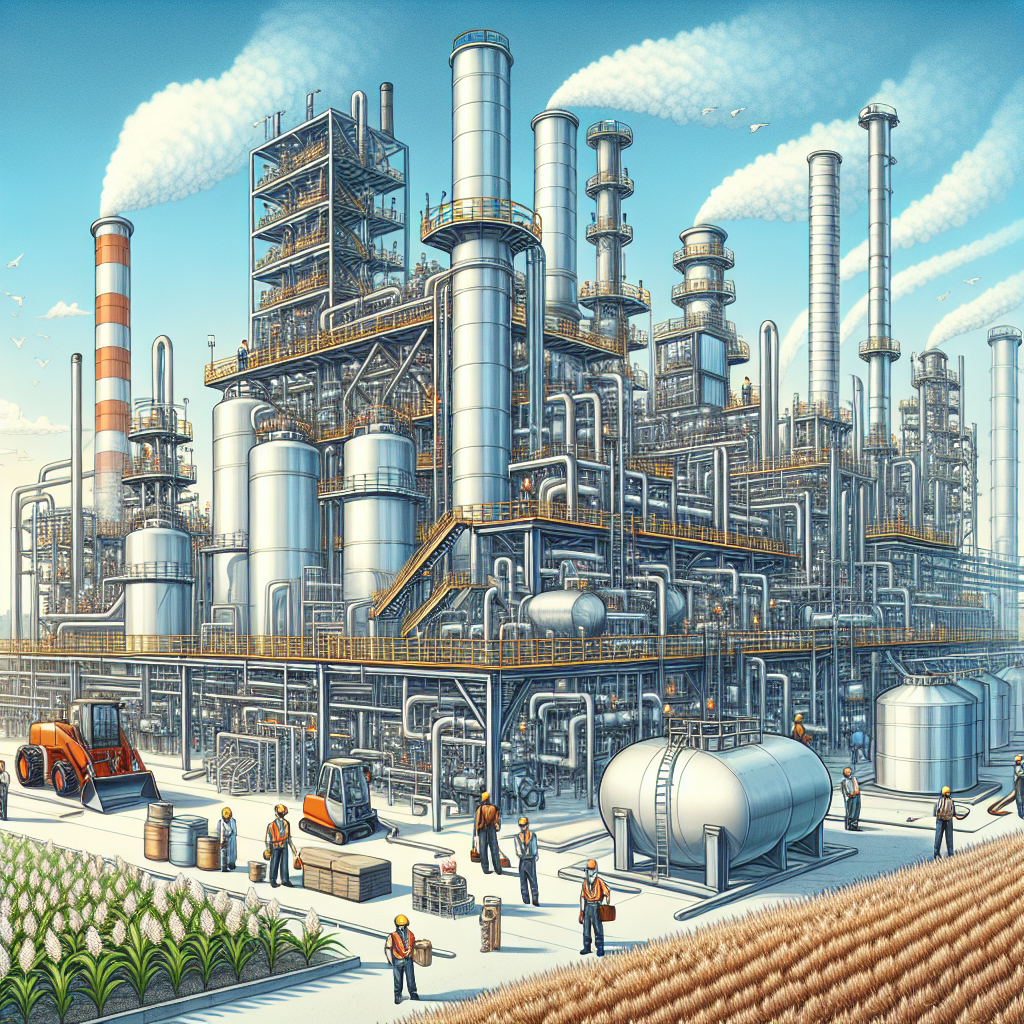India's Ethanol Dilemma: Balancing Green Fuel Innovation with Economic Reality
India struggles to expand eco-friendly 2G ethanol production due to governmental pricing policies. Although 2G ethanol offers environmental benefits by using crop waste, its high production cost and lack of targeted pricing hinder growth. The gap between goals and feasible returns for investors remains a major hurdle.

India's ambition to blend ethanol with petrol to fuel vehicles faces obstacles due to the slow progress in developing a cleaner version of the biofuel. Experts blame the government's lack of distinct pricing for cleaner ethanol made from waste, which bears higher production costs.
The Indian government's initiative aims to blend 20% ethanol into petrol by 2025, diverting crops like sugarcane and rice to first-generation ethanol production. However, this impacts food supply while the second-generation alternative, made from crop waste, remains underutilized.
Lacking separate pricing for 2G ethanol discourages investment, despite its potential to reduce emissions and offer a greener solution. Financial backing for production costs remains imperative for India's ethanol strategy to gain momentum.
(With inputs from agencies.)
ALSO READ
Red Sea Crisis: Yemeni Attacks Leave Mystery & Environmental Woes
Toward Climate-Smart Hospitals: Reducing Health Care’s Environmental Footprint
Battle for Sariska: Environmentalists Oppose Boundary Redraw
Urgent Call to Action: Tackling Environmental Crime and Climate Change at G20 Meeting
Brazil's Congress Eases Environmental Licensing Amid Controversy










